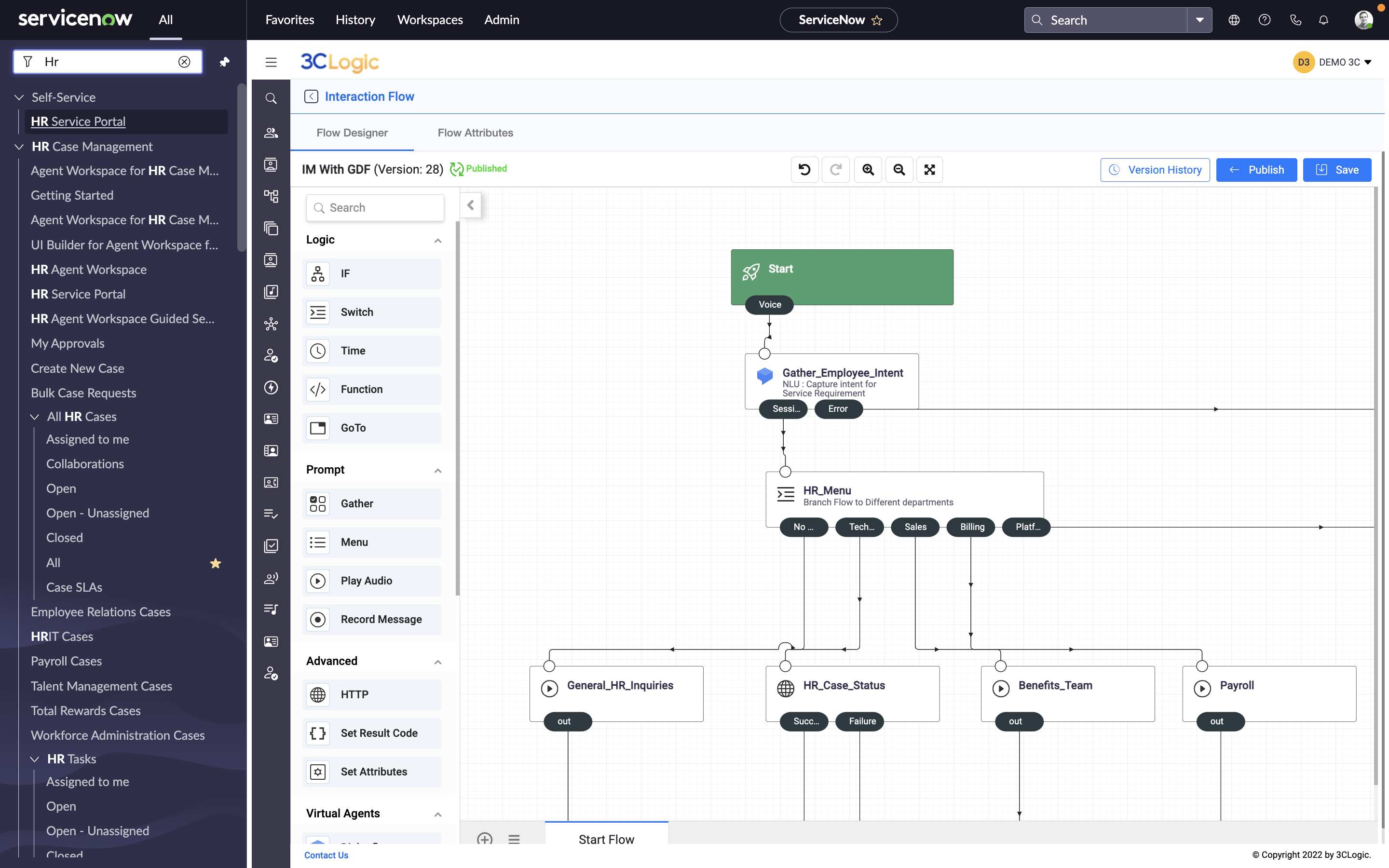Consider the Following:
- 70% of buying experiences are based on how the customer feels they are being treated.
- Roughly 9 out of 10 U.S. consumers say they would pay more to ensure a superior customer experience.
- 80% of companies want to use the customer service/experience as a way to differentiate themselves from their competition.
- On average, loyal customers are worth up to 10 times as much as their first purchase.
Today, it’s not just about servicing your customers—it’s about offering a memorable experience and creating a long lasting relationship. But while 80% of companies believe they deliver “superior” customer service, only 8% of customers agree. And when you consider 86% of consumers will quit doing business with a company following a single bad customer experience, the challenge facing contact centers quickly becomes clear.
So how does one create a more memorable customer service experience?
Don’t Rely on Self-Service: An astounding 67% of today’s consumers state a preference for self-service over speaking to a live representative. In fact by 2020, the average customer is expected to manage 85% of any enterprise relationship without the need for human interaction. It's no wonder, when you realize 67% of customers have hung up the phone out of frustration when unable to reach a live customer service representative (CSR). But despite the apparent migration away from live customer service, the fact remains human interactions with customers are where a company truly gains an opportunity to differentiate itself. After all, it’s when a customer has exhausted his/her self-service resources that a business needs to step-up to not only maintain the relationship, but in some cases salvage it – something self-service just can’t do.
Monitor Agent Performance and Share Results: According to a recent study conducted by Salesforce and Forrester Research Group, 76% of companies express a lack of real-time analytics and unified reporting as one of the key hurdles facing customer service managers. By actively measuring KPIs and metrics including service level, agent schedule adherence, wait time, call resolutions, call abandonment, and agent handle time, gain a clearer picture of where service improvements are needed within your contact center. In fact, taking it one step further, one can also integrate their call center data with a workforce optimization (WFO) solution to gain greater insight into the Voice of the Customer (VOC) via advanced data analytics to assess and train agents to perform at a higher service level.
Offer Multichannel Communications: Offering customers a number of ways to communicate with your business, including voice, email, text, chat, and social media, improve your odds of connecting and engaging with clients. In fact, companies following a multichannel customer care strategy achieve a 4.6% year-to-year improvement in customer satisfaction compared to those only using a single channel. However, any successes are contingent on the ability to offer consistent levels of service across every channel, the ability to monitor and oversee each customer interaction from a single platform, and the ability to cater each interaction to a customer’s unique preference(s).
Empower Agents to Quickly Resolve Customer Needs: 82% of customers state getting their issue resolved quickly is the number one factor to a great customer experience, yet service representatives still fail to answer customers’ questions 50% of the time. In many cases, however, it’s a matter of setting up your agents for success. With advanced integrations, including CRM and Ticketing, provide agents access to the tools and data needed to properly address any customer inquiry, facilitating fast first-call resolutions while enhancing the overall customer experience. Allow your contact center to truly act as the frontlines to your organization with the proper resources available to each agent to meet the demands of today’s consumer.
Gain Customer Feedback: On average, businesses only hear from 4% of dissatisfied customers, with 91% of those who do not complain silently leaving without any plans to come back. By actively reaching out to customers, conducting surveys, and requesting feedback, uncover problematic trends or issues within your contact center before they take root.
Keep your Employees Happy: It is a known fact—happy employees breed happy customers. In fact, a 5% increase in employee satisfaction has shown to improve customer satisfaction by roughly 1.3%. By acknowledging and rewarding employees’ successes, empowering employees with the right guidance and technology, and offering greater workforce flexibility, the ability to create stronger customer relationships through happy employees can become a reality.




